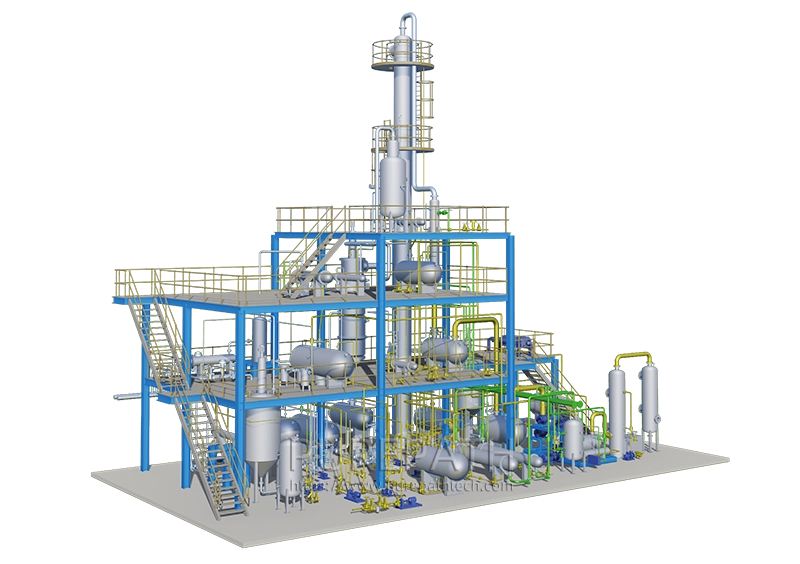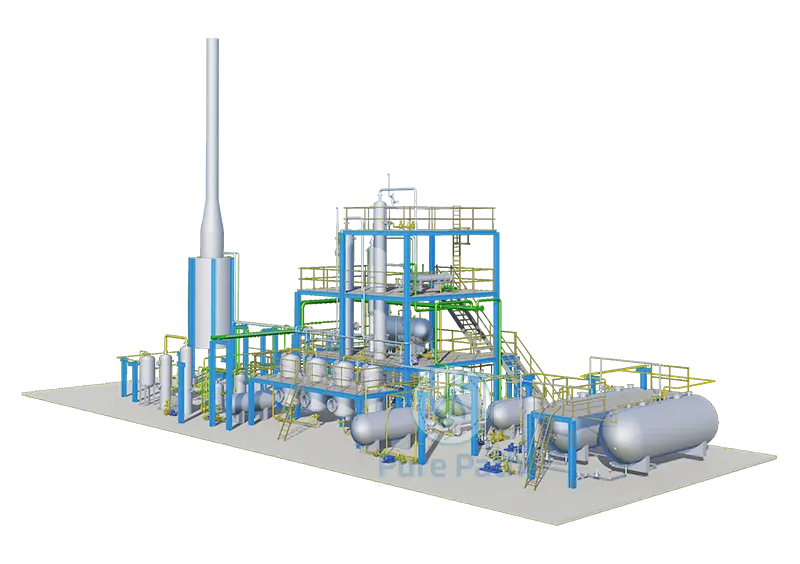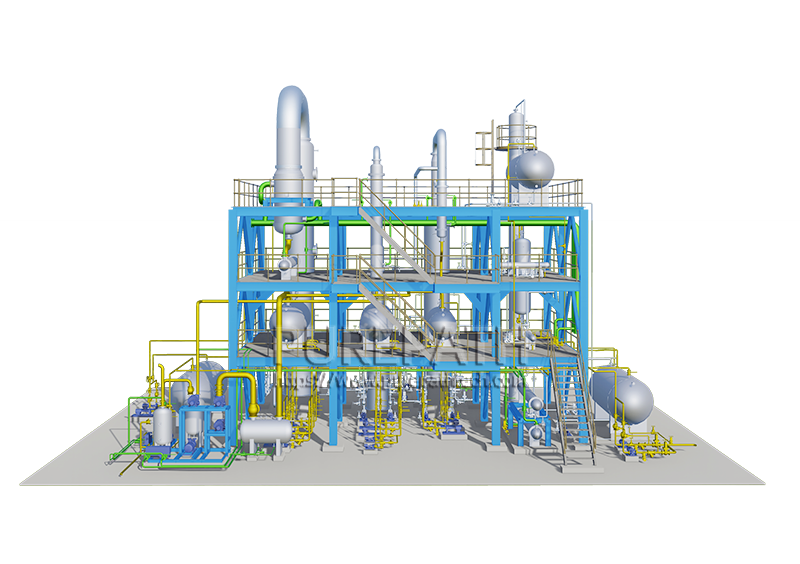Waste Oil Distillation: A Sustainable Way to Reduce Waste and Create Renewable Fuel
In a world striving for sustainable energy sources and waste reduction, innovative technologies are emerging to tackle environmental challenges. Waste oil distillation, a process that transforms used and discarded oils into valuable diesel fuel, has gained prominence as an eco-friendly solution with significant potential. This article delves into the various facets of waste oil distillation, exploring the types of waste oil suitable for conversion, the essential requirements for the distillation process, the infrastructure of a waste oil distillation plant, yield expectations, and a comprehensive summary of this transformative process.
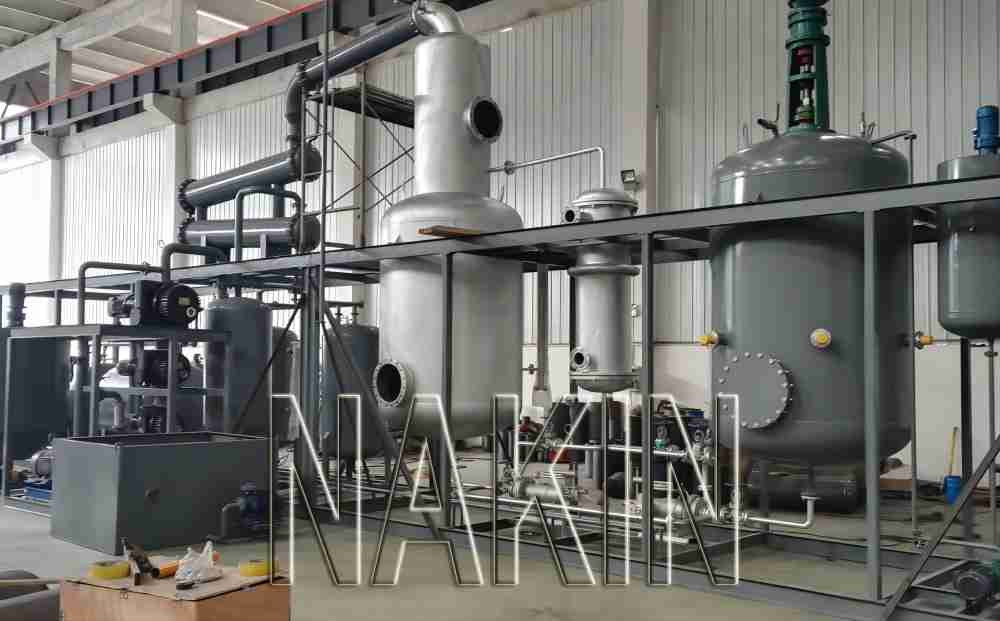
What Types of Waste Oil Can Be Converted to Diesel?
Waste oil comes in various forms, ranging from used motor oil to cooking oil and industrial lubricants. The key to successful waste oil distillation lies in selecting the appropriate feedstock. Used motor oil, hydraulic oil, transmission oil, and even cooking oil can be suitable candidates for conversion. While waste oil from different sources may have varying levels of impurities and contaminants, advancements in distillation technology have made it possible to process a wide array of waste oils effectively.
Requirements for Waste Oil Distillation
Effective waste oil distillation necessitates specific conditions and equipment to achieve optimal results. The distillation process involves heating the waste oil to a point where its components vaporize, followed by cooling to condense these vapors back into liquid form. To facilitate this transformation, precise temperature and pressure controls are crucial. Typically, temperatures between 300°C and 450°C are used in conjunction with low pressures to ensure a controlled and efficient process. Additionally, additives and catalysts might be used to enhance the breakdown of complex hydrocarbons, aiding in the conversion of waste oil into diesel.
Waste Oil Distillation Plant: Technology and Process
Waste oil distillation plants are the heart of the conversion process. These plants are equipped with sophisticated equipment designed to heat, vaporize, and condense waste oils into diesel fuel. The distillation process involves several key steps:
- Preheating: The waste oil is preheated to remove any moisture or volatile components that could hinder the distillation process.
- Vaporization: The preheated waste oil is then heated further to vaporize the various components based on their boiling points.
- Separation: The vaporized components rise through a distillation column, where they separate based on their boiling points. This separation allows for the isolation of diesel-like fractions.
- Condensation: The separated fractions are then cooled and condensed back into liquid form, resulting in the production of diesel fuel.
Modern waste oil distillation plants utilize advanced technology to optimize each of these steps, ensuring a high-quality end product while minimizing energy consumption and emissions.
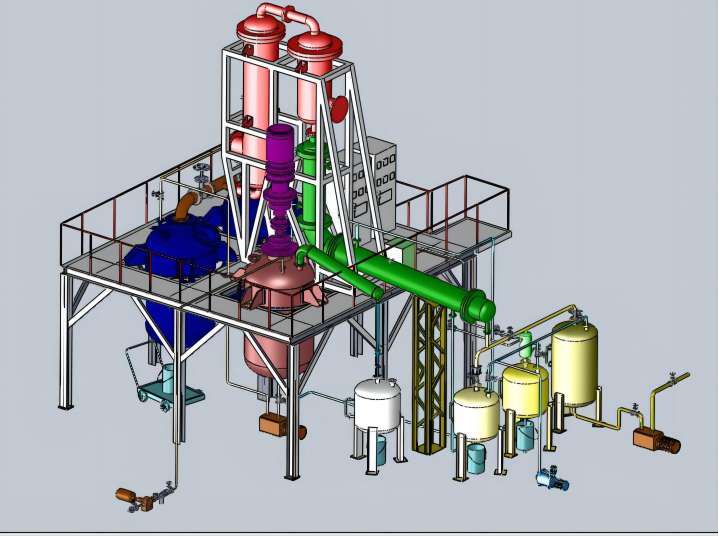
How Much Space Does a Waste Oil Distillation Plant Require?
The space required for a waste oil distillation plant can vary based on factors such as the scale of the operation and the technology used. Small-scale systems designed for localized recycling may require only a modest area, while larger industrial setups could demand more space due to the complexity of the equipment and the need for efficient process flow. Innovations in compact distillation technology have led to the development of space-saving solutions that can fit within limited areas without compromising on efficiency.
The Yield of Diesel from Waste Oil
The yield of diesel fuel obtained from waste oil distillation depends on multiple factors, including the type of feedstock, the quality of the waste oil, and the efficiency of the distillation process. On average, waste oil distillation can yield around 85-90% of diesel fuel from the original feedstock. This impressive yield demonstrates the viability of waste oil distillation as a means of repurposing discarded resources while contributing to fuel sustainability.
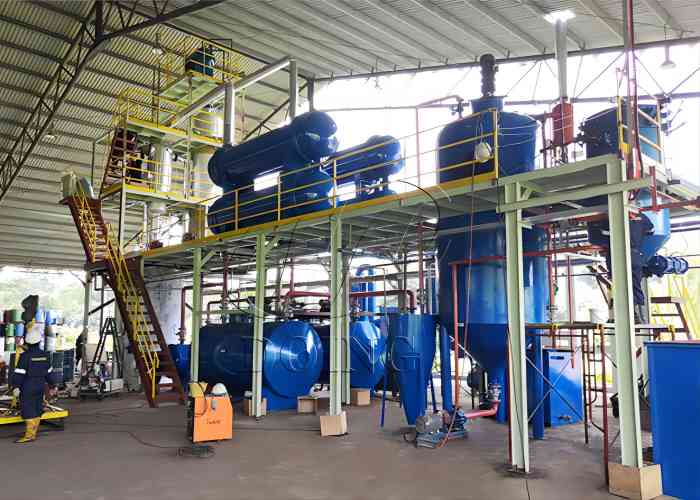
Summary
Waste oil distillation is a viable way to reduce pollution and create a sustainable source of fuel. However, it is important to use the correct types of waste oil and to follow the safety procedures to prevent accidents. If you are considering converting waste oil to diesel fuel, it is important to do your research and to consult with a qualified professional.


